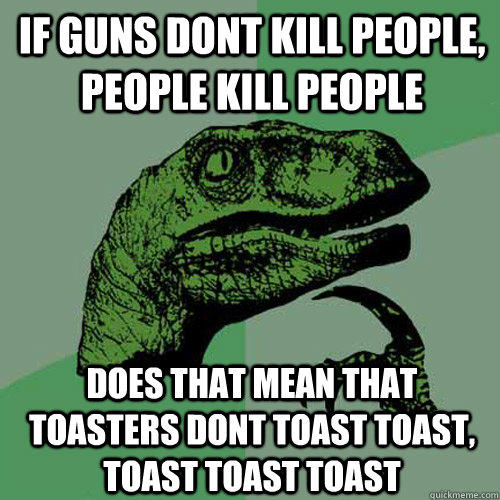Average is Boring
You fire up a thesaurus online and you look for synonyms of the word “interesting”. You can find words like “unusual”, “exotic”, “striking”. These are all antonyms of “average”. Average is the grey uniform shirt of the post office employee calling out the number of the next person in the queue, or the government-approved video that teaches you how to properly wash your hands. Of course “average is boring”. Why should we be interested in the average? I am. Because if we understand the average we understand how to avoid it. We can rekindle our interest for lost subjects, each in its own unique way. Even washing your hands. We can live in the tail of the distribution, instead of on top of the bell.
My quest for destroying the Average is a follow-up of my earlier paper on memes. Its subtitle is “How similarity kills a meme’s success” and it has been published in Scientific Reports. We are after the confirmation that the successful memes are unique, weird, unexpected. They escape from the blob of your average meme like a spring snake in a can. The starting point of every mission is to know your enemy. It hides itself in internet image memes, those images you can find everywhere on the Web with a usually funny text on top of them, just like this one.
I lined up a collection of these memes, downloaded from Memegenerator.net, and I started examining them, like a full-metal-jacket drill instructor. I demanded them to reveal me all about each other. I started with their name, the string of text associated with them, like “Socially Awkward Penguin” or “Bad Luck Brian”. I noted these strings down and compared their similarity, just like Google does when it suggests “Did you mean…?”. This was already enough to know who is related to whom (I’m looking at you, band of penguins).

Then it was time to examine what they look like. All of them gave me their best template picture and I ran it through the electronic eye of SURF, an amazing computer vision software able to detect image features. Again, I patiently noted down who looked like whom. Finally, I asked them to tell me everything about their history. I collected anything that was ever said on Memegenerator.net, meaning all the texts that the users wrote when creating an instance belonging to each meme. For example, the creation of this picture:

results in associating “If guns don’t … toast toast toast?” with the Philosoraptor meme. I condensed all this text into a given number of topics and exposed which of the memes are talking about the same things. At this point, I had all I needed to know about who is average and who could spark our interest. It’s an even more nerdy version of Hot or Not. So I created a network of memes, connecting two memes if they are similar to each other. I enlarged and highlighted in orange the memes that are widely used and popular. I won’t keep you on your toes any longer: here is the result.
I knew it! The big, orange nodes are the cool guys. And they avoid to mingle in the center of the neighborhood. They stay on the periphery, they want to be special, and they are. This conclusion is supported by all kinds of robustness checks, but I’m not going to report them because it’s hard enough for me to keep you awake while you have to read through all this boring stuff. “Ok”, you now think, “You proved what we already knew. Good job. What was this for?”.
This result is not as expected as you might think. Let it settle down in your brain for a second: I am saying that given your name, your image template and your topic I can tell you if you are likely to be successful or not. Plenty of smart people have a proof in their hand saying that a meme’s content isn’t necessary to explain why some memes are successful and some are less memorable than your average Congress hearing. They have plenty of good reasons to say that. In fact, you will never hear me reciting guru-like advices to reach success like “be different”. That’s just bollocks.
Instead of selling the popularity snake oil, I am describing what the path to success looks like. The works I cited do not do that. Some describe how the system works. It’s a bit like telling you that, given how the feudal system worked in the Middle Ages, some people had to be emperors. It doesn’t say so much about what characteristics the emperors had. Otherwise they tell you how good an emperor already on the throne could be. But not so much about how he did get to sit on that fancy chair wearing that silly hat. By looking at the content in a different way, and by posing different questions, I started writing emperor’s biographies and I noticed that they all have something in common. At the very least, I am the court jester.
We are not enemy and we are not contradicting each other. We are examining the same, big and complex ecosystem of silly-pictures-on-the-internet with different spectacles. We all want to see if we can describe human cultural production as a concrete thing following understandable laws. If you want to send a rocket to the moon, you need to know how and why if you throw up a ball it falls back to the ground. Tedious, yes, but fundamental. Now, if you excuse me, I have a lot of balls to throw.


